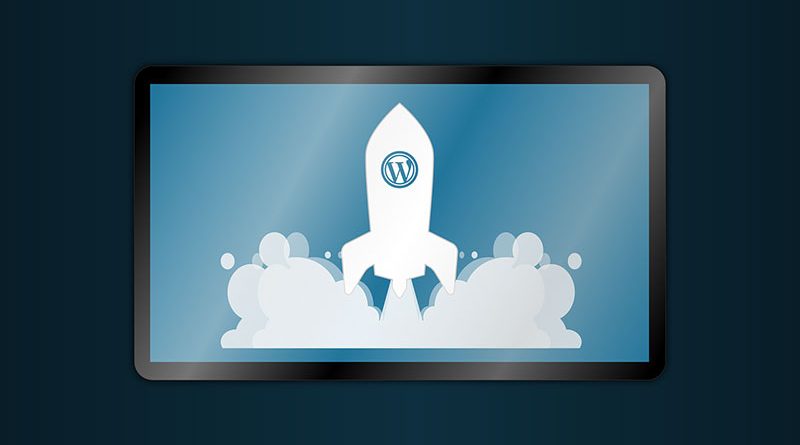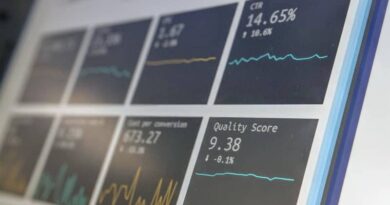How to Make Your WordPress Site Load in 2 Seconds or Less
Website load speeds are surprisingly important for SEO. In a tight ranking war with a competitor, loading speed can be the difference between a top spot and merely first-page ranking. Beyond the search ranking factor, you also have to consider your audience. If a user has to wait more than 1-2 seconds to see what’s on your page, they have to be very dedicated. Many users assume the site is broken and will simply bounce away.
Reduce your bounce rate, increase your conversions, attain a higher search ranking, and increase site performance by following as many of these tips as possible.
Read also: Website Loading Page Speed as an Important Ranking Factor for SEO
Establish a Benchmark
Before you know what to improve, you need to know where you stand. Google’s PageSpeed Insights tool is great for analyzing your site and suggesting improvements. You can test both the desktop and mobile versions of your site. Once you know what your current site speed is, you can figure out how big of a task it will be to improve it.
Change or Upgrade Hosts
With WordPress, you’re very likely going to want to upgrade to a managed WordPress solution rather than some sort of shared web host with a cheap package. There are a number of hosts available; try to pick one geographically central to your audience. The closer the host is to your users, the faster load times will be.
Read more: Guide on How to Setup VPS Server for Your Small Business
Audit your Plugins
WordPress Plugins are amazing for adding functionality, analytics, and features to your blog. Unfortunately, they aren’t known for speeding up your site. Perform an audit of your plugins and remove any that just aren’t necessary.
- Remove any plugin that is out of date or no longer used. Old plugins that haven’t been updated are a security risk as well.
- Remove any plugin that primarily provides a redundant feature. For example, Akismet is great for spam filtering, but so are some of the comments plugins you can choose. Try removing it and seeing how vulnerable you are to spam. Yoast SEO and All in One SEO provide many of the same features, so you don’t need both.
- Remove any plugin that could be coded into your site with a minor investment. The site code will run faster than a plugin. Favicon plugins, for example, are easy enough to code yourself.
- Remove any plugin used once for host migration and left inactive. You never know what extra code is running when a user tries to load your page.
- Remove any plugin with excessive redirects or encrypted code. Redirects can earn you search penalties in excess. Encrypted code needs a call to a third-party site, which can triple your load times.
Remove Saved Post Revisions
WordPress automatically saves revisions to your posts, allowing you to quickly and easily revert changes if you accidentally change something you didn’t want to. Unfortunately, this means that some of your old, frequently-edited posts may have a large number of saved revisions bloating your server space. Audit and remove unnecessary archived revisions.
Optimize your Images
Images are one of the main culprits for file bloat on your page. If for example, you have a large image and use code to resize it actively, it still loads the full image. If you created a thumbnail instead, a much smaller image has to load. Even standard images of the right size might be using lossless file formats that make them look great but take up much more space than is necessary. Check these useful online image cropping tools.
You can find a great tutorial on optimizing images for the web here.
Use a Content Distribution Networks
A CDN – often built into managed WordPress hosts – will serve up your images and other multimedia faster than your own host server will. This lessens strain on both your server and your users’ connections. Always check if your host has a CDN to use before enrolling in your own plan, of course. Many hosts have their own deals, allowing you better access as part of a package.
Minimize External Scripts
Any script that calls an external site increases load times. Worse, if that external site doesn’t work, the element won’t load properly. Live chat plugins that connect to external support, font scripts that call up web fonts for the end-user, embedded videos, and even your social sharing buttons are all external script calls.
That’s not to say these scripts are all bad. It’s just a matter of balancing your site design between feature-rich scripts and site speed. That live chat; does it really need to be anywhere other than your contact page? Do you really want to embed YouTube videos on your homepage? Does your social sharing bar need links to Pinterest, LinkedIn, and Instagram, or can you get away with just Facebook, Twitter, and Google+? It’s a decision you’ll have to make for your site on an individual basis.
Clean up Site Code and Databases
Over time, your site accumulates data the same way a house accumulates boxes of stuff. Maybe your site has remnants of an old theme floating around. Probably your databases have been filled up with old order data you don’t need to be saved on the live server. Maybe your site automatically backs up to a file on the server, and you have months of old backup files sitting around. All sorts of data can accumulate and clog up your site. It’s a good idea to periodically clean up anything that isn’t entirely necessary. You might even go so far as to re-create your theme with fresh code, optimizing how it’s programmed.
Focus Attention on Popular Pages
If you apply the 80/20 rule, you can assume that 80 percent of your traffic is coming from 20 percent of your pages. These pages, by necessity, must load quickly to minimize potential bounces. The exact way you optimize those pages will depend on what they are, but you can in general remove excess content, optimize code and images on those pages and fix unoptimized JavaScript.
One basic way you can optimize your high-traffic pages is by loading scripts asynchronously. This means that your main page structure and content load before the scripts. If you have videos to load, like an embedded YouTube video in the lower third of your content or a comments plugin at the bottom, you can load those scripts later. Users see the content load at the top and, by the time they’ve read far enough to see the video or comments, they have loaded in.
Don’t Forget Mobile
Your mobile site is even more reliant on speed. The average phone data connection is slower than most desktop Internet connections. Meanwhile, mobile users are often in a hurry, they’re going to emphasize speed over functionality. Your mobile site should include the absolute minimum in theme, function, and format over the content. Emphasize content as much as possible.



